Maybe you've seen them before but aren't quite sure what they are or what they're for. We don’t blame you—they do look a little strange! But we promise they're fun, quirky, and surprisingly easy to play with.
What is an Otamatone?
Introduced to the Japanese market in 2009 by Maywa Denki—a Japanese company and art collective known for its musical instruments and installations—the Otamatone (オタマトーン en japonés) is essentially an electronic musical instrument. While its kawaii design, resembling a mix between a musical note and a tadpole, might make it look like a toy, it actually follows a precise playing method similar to that of a guitar or violin.;
The Otamatone is portable and incredibly easy to learn, making it a fun and accessible instrument for both kids and adults who want to explore music. Plus, with its playful designs and limited-edition versions, it has become a sought-after collectible for both enthusiasts and professional musicians.
Pretty cool, right? Next, we’ll explain how it works and where you can get one to add to your collection!
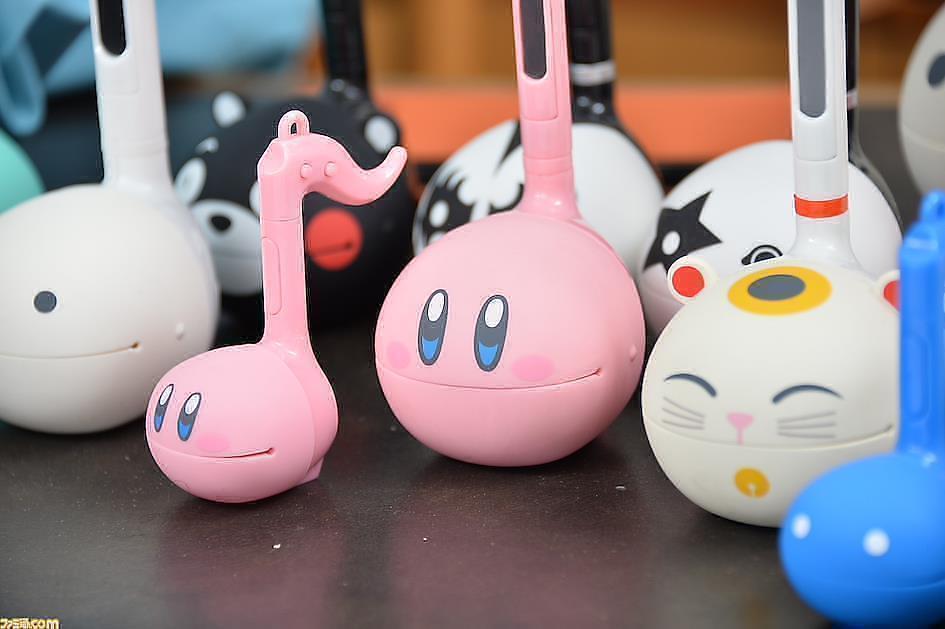
How to Play the Otamatone
First, let’s talk about its power source: the Otamatone runs on three AAA batteries, giving you about one to two months of playtime without any issues. Now, let’s break down its different parts:
- The Neck: Typically held between your thumb and index finger on your dominant hand. Sliding your fingers up and down the neck lets you play all standard musical notes—and everything in between—just like a violin!!
- The Mouth: Held with your free hand, you can squeeze its “cheeks” to open and close the mouth, which changes the tone and volume of the notes it sings.
- The Control Panel: Located on the back of its head, this panel varies slightly depending on the model. Most Otamatones have a switch to adjust between high, mid, and low tones, as well as a power switch. Pro models also come with a headphone or amplifier jack for added functionality. Now that you know the basics, let’s dive into how you can get your hands on one!
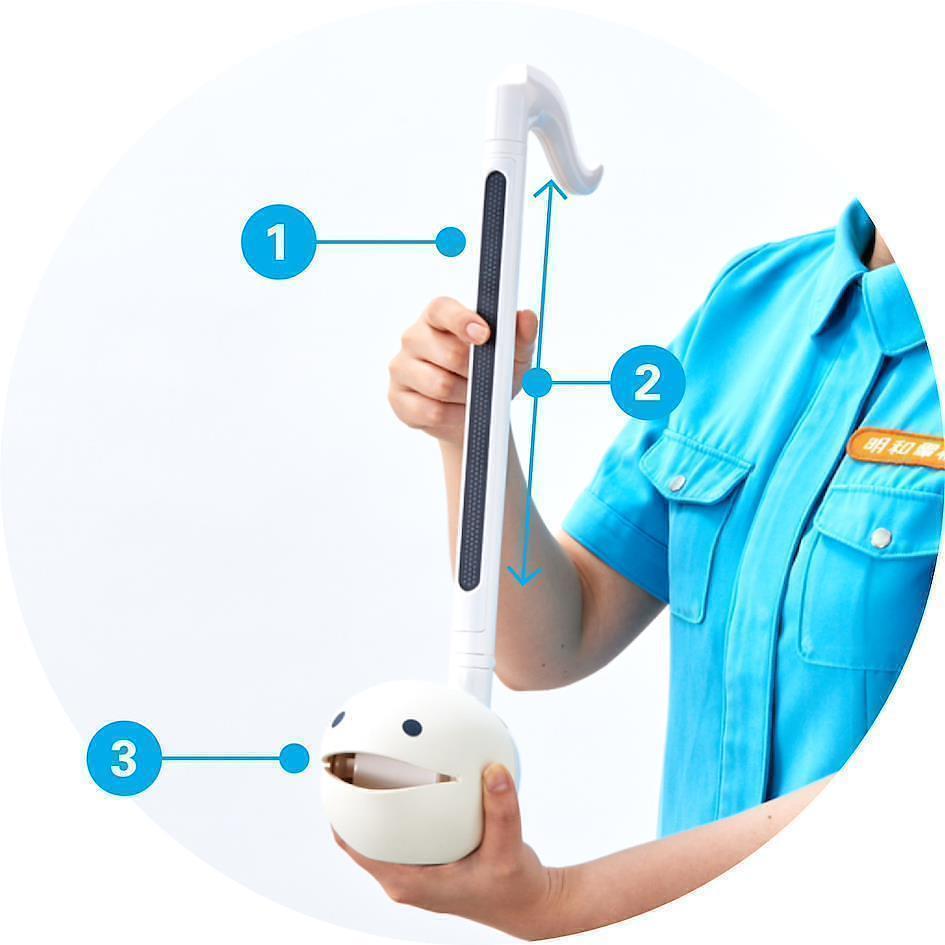
By exploring its sound and practicing a little, you can play virtually any song on the Otamatone and even perform musical techniques like vibratos, trills, wah-wahs, and more.
Customize your Otamatone
If the Otamatone’s sound feels a bit unusual to you, don’t worry—it’s a super flexible instrument! If you have the Otamatone Neo or Otamatone Techno, you can connect them to the Otamatone Studio app using a 3.5mm 4-pole stereo adapter to fully control the sound coming from your Otamatone’s mouth.
This way you can choose between the following types of sound:
- Classic Otamatone
- Electric guitar
- Flute
- Alto saxophone
- Violin
- Synthesizer
- Trumpet
- Drum kit
- Cat (Yes, really—a cat!)
But that’s not all! With the app, you can also:
- Change the scale: Pentatonic, tonal scale, blues, and more.
- Add effects: Reverb, offset, and distortion.
- Apply a musical style: Rock, samba, salsa, techno, and more.
For those who want to unlock the full potential of this fun instrument, the app opens up a world of possibilities. It even includes a virtual keyboard that helps you play notes with greater precision!
Note: Currently, the app’s compatibility with all Android devices cannot be guaranteed. For more details, please check the official Otamatone support page.
Otamatona models
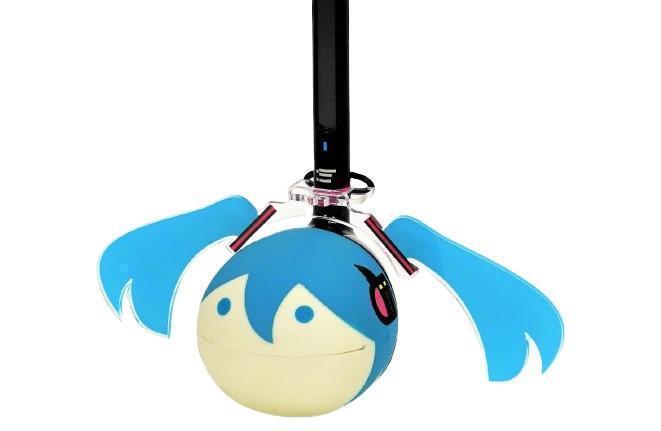
Depending on how you want to use your Otamatone, there are plenty of models to choose from! While some have been discontinued, you might still be able to find them if you’re looking to add them to your collection. Here’s a breakdown of the different Otamatone types:
- Otomatone Standard: The classic and most basic model, available in various colors and collaboration editions. It covers one musical octave (from C to C) and stands 27 cm tall.
- Otamatone Pro (Deluxe): Also known as Otamatone Deluxe, this version is larger than the Standard model and can be used with headphones or an amplifier. At 44 cm tall, it's much more comfortable to play.
- Otamatone Analog: This version consists only of the head of the instrument and comes in shapes like a chihuahua, panda, or tiger. Instead of the usual electronic sounds, it produces whistle-like tones by blowing into it. This model is no longer in production, so it may be hard to find—but not impossible! We’ll share some tips later on how to track one down.
- Otomatone Melody: A much smaller version of the Otamatone, standing just 8 cm tall. It includes pre-recorded music for easy practice, making it a popular choice for kids. Plus, it’s small enough to be used as a keychain!
- Otamatone Digital: This unique version features piano-like keys, allowing for more precise note-playing. It has been discontinued, but like the Otamatone Analog, it might still be possible to find one.
- Otamatone Neo & Techno: These models can be connected to a smartphone, making them perfect for those who want more control over the sound. The Neo version looks similar to the Standard model, while the Techno version resembles the Pro model—essentially, one is normal-sized, and the other is larger.
Otamatone Collaboration Models
Most Otamatones come in a variety of fun colors, but that’s not all! Like many great Japanese products, there are also exclusive collaboration models featuring beloved and famous characters. Here are some of the special editions:
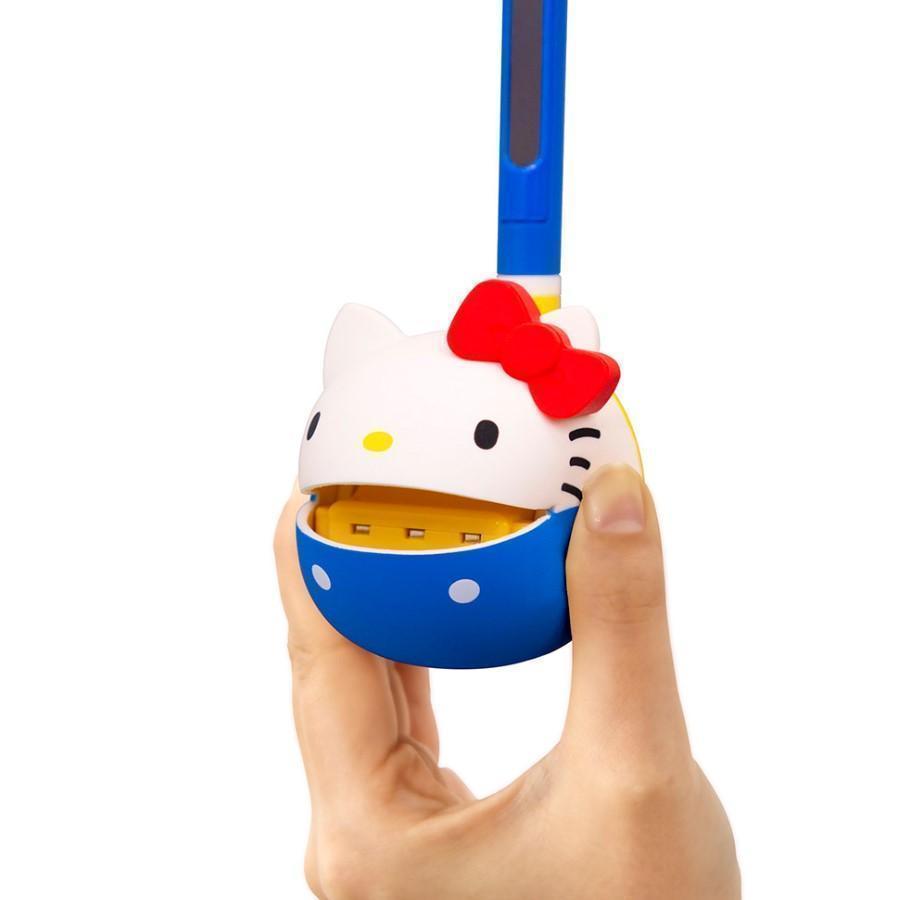
- Japan-Edition Otamatones:
- Otamatone Kumamon standard edition, the adorable mascot of Kumamoto Prefecture.
- Otamatone Kirby (Standard and Melody)
- Otamatone edición Kiss (Standard): Yes, the famous rock band!
- Otamatone Hatsune Miku (Standard & Pro) The Pro edition even includes her signature hairstyle!
- Otamatone Iwashika (Standard): A collaboration with the famous Japanese ginger brand.
- Otamatone Monchhichi (Standard)
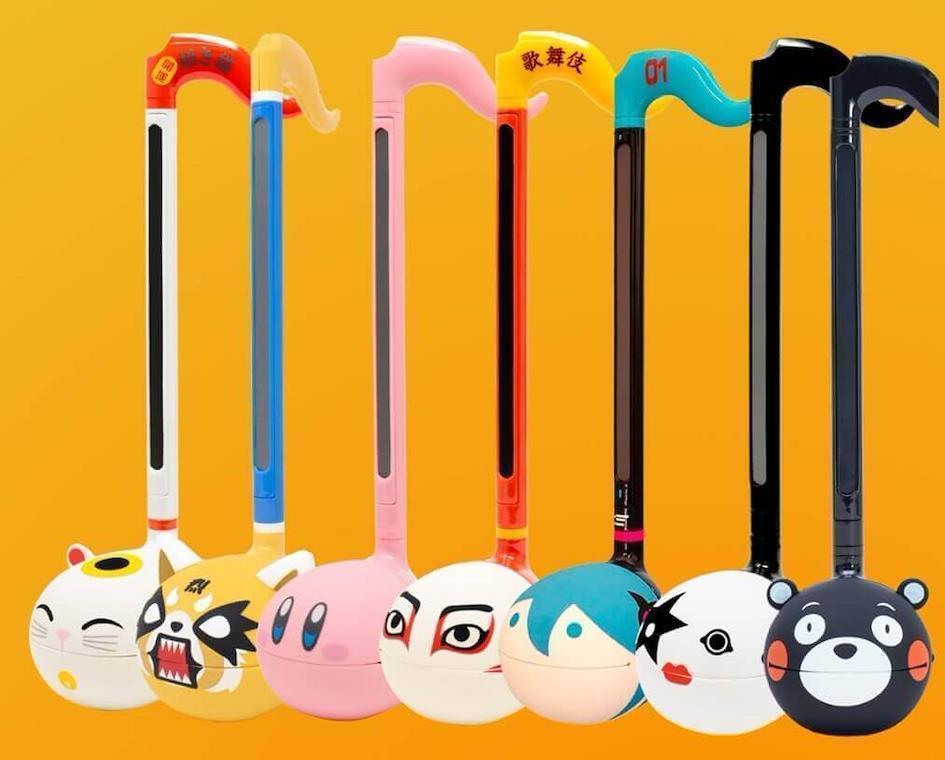
Otamatone Wahha Go Go
With its chrome finish and playful smile, this instrument is incredibly fun to use and is sure to be a hit with any audience.
- Otamatone Crystal: A standard transparent version that lets you see how it works inside.
- Otamatone Wahha Go Go: Inspired by a strange machine created by Maywa Denki, the same company behind the Otamatone, designed to produce a human laughter-like sound through mechanical means. You can watch a video of the original machine here. Unfortunately, this elegant model has been discontinued, but if you search carefully, you might find a second-hand gem.
- Otamatone Jumbo: A GIANT Otamatone, as big as an electric guitar but fully functional! Due to its complexity, it is only available by special order.
- Otamamin:Do you know the theremin? It’s a unique electronic musical instrument that is played without physical contact, using hand movements near two antennas to control pitch and volume. The company behind the Otamatone created a similar version, but with the signature Otamatone face. For the name, they combined Otamatone + Theremin = Otamamin.

How Much Does an Otamatone Cost?
One of the best things about the Otamatone is that it’s a very affordable instrument. Here are some general price ranges depending on the model:
- Standard models: Typically range between ¥2,800 and ¥4,000. Collaboration editions with character designs tend to be more expensive.
- Pro models: Start at ¥7,800.
- Smartphone-compatible models (Neo & Techno): Prices range between ¥4,500 and ¥10,000.
- Otamatone Melody (small keychain versions): Usually around ¥3,000.
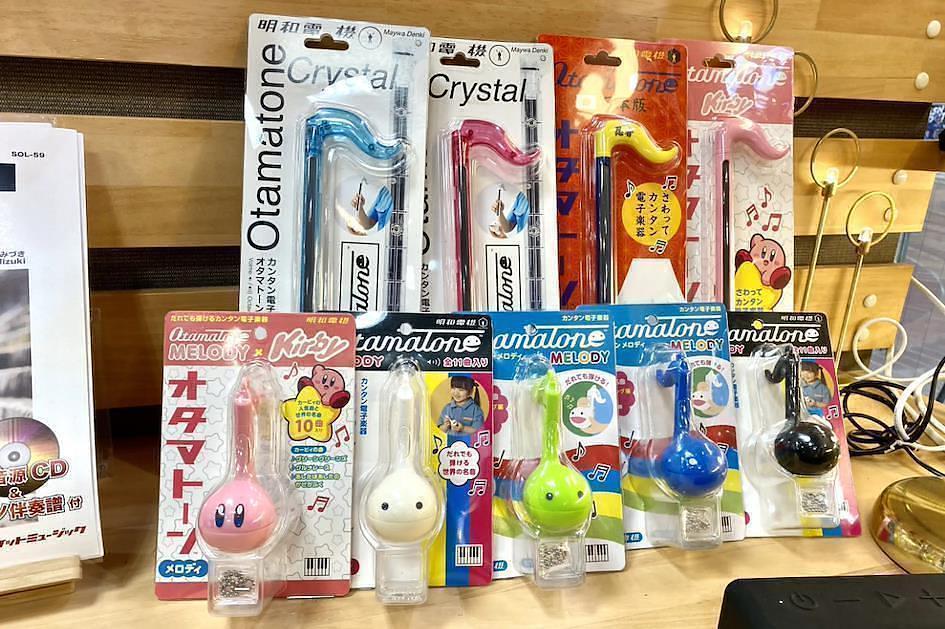
How to Buy a Japanese Otamatone?
You’re completely charmed and can’t wait to add one of these adorable instruments to your collection—but now comes the big question: how can you get an Otamatone if they’re sold in Japan, and you don’t live there or speak Japanese?
No worries! At ZenMarket, our job is to act as an intermediary between you and any store in Japan, helping you receive your favorite Japanese products anywhere in the world.
Buying from Japan’s Largest Stores with ZenMarket
There are plenty of options for buying an Otamatone!
If you’re looking for a brand-new Otamatone, you can find it on Rakuten, JDirectItems Shopping, and Amazon Japan through our website. That’s right—we’re integrated with Japan’s largest online stores!
If you’re looking for a more affordable Otamatone, a discontinued model, or something harder to find, we recommend checking Japan’s most popular second-hand marketplaces: Rakuma, Mercari, and JDirectItems Auction—all of which you can access directly from our site!
Best of all, you don’t need to create a separate account for these marketplaces—your ZenMarket account is all you need to start shopping!
Have you signed up for ZenMarket yet?
ZenMarket is the place to get your hands on goods directly from Japan!
Sign up for FREE now